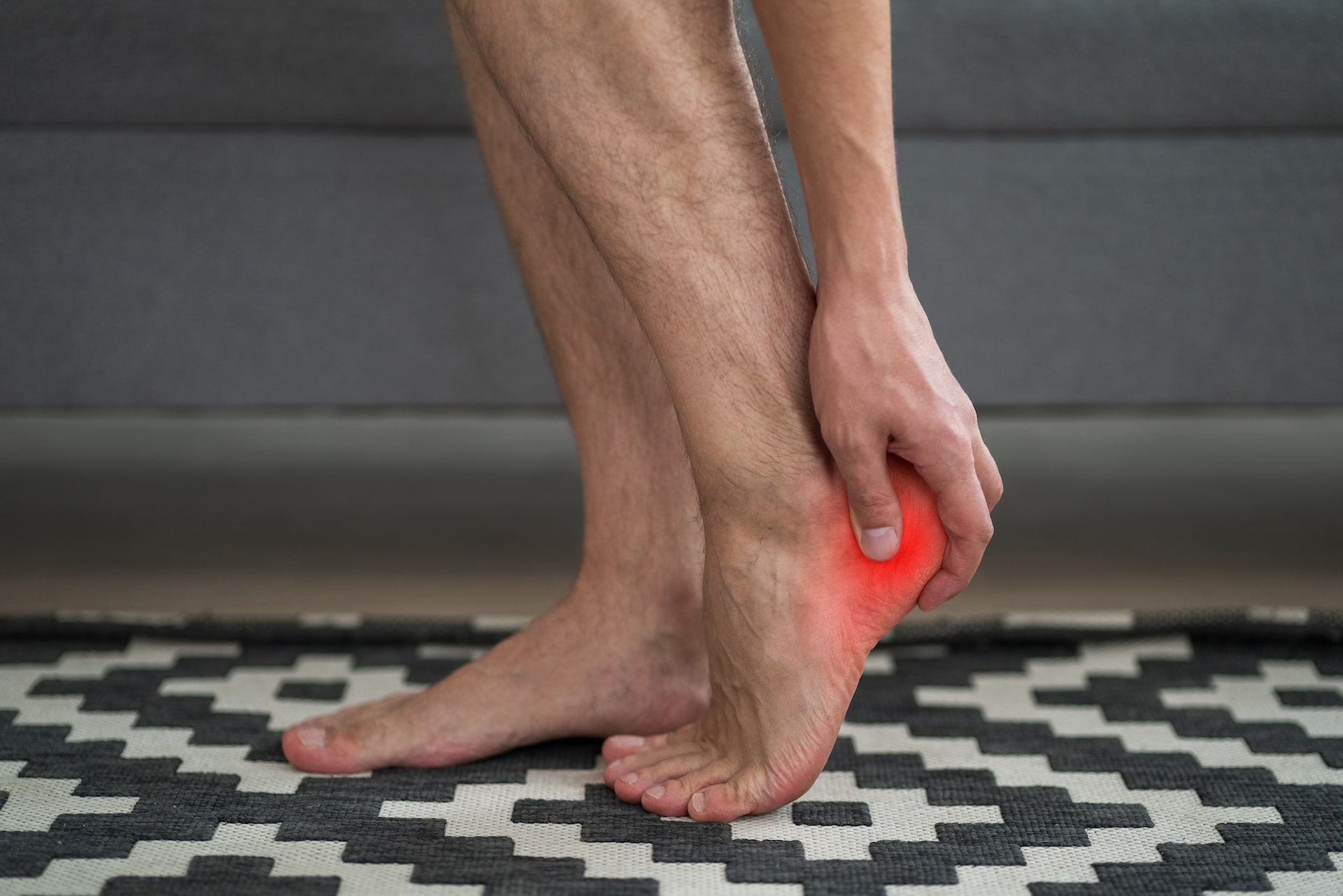Medial tibial stress syndrome (MTSS)
MTSS is more commonly known as shin splints. They are most common in runners and athletes involved in sports requiring a significant amount of jumping such as basketball. Typically, patients experience pain down the front of the shin on the inner side. Several theories exist to explain the cause of shin splints, but the two most common are bending of the tibia, one of the two bones in the lower leg, or traction from the plantar fascia, a thick band running the length of the lower foot, putting pressure on the tibia. MTSS is often associated with biomechanical abnormalities in the motion of the feet during a stride, particularly in the pushing-off aspect of running or jumping. Treatment includes rest for anywhere from a few weeks to three months, switching to lower impact activities such as bicycling or swimming, cold compresses twice daily for up to 20 minutes, and the use of over-the-counter non-steroidal anti-inflammatory drugs (NSAIDs). Some patients also find relief from wearing compression stockings or from taping the lower legs. However, taping should only be done under the supervision of a podiatrist since using improper technique can worsen symptoms or cause new injuries.
Stress fractures
Stress fractures are also a common cause of exercise-related leg pain; however, diagnosing them is not always easy or straightforward. Stress fractures are often much small breaks in the bones that, while causing a significant amount of discomfort, are not easily seen on x-rays. Many patients are diagnosed through a clinical exam without positive x-ray findings of a fracture, while others have less clear-cut symptoms and require an MRI or nuclear medicine bone study due to persistent pain. As with shin splints, stress fractures are most common in runners or those who engage in activities with regular jumping. Typically, there is a localized area of pain that may or may not have associated swelling. Stress fracture treatment is essentially the same as treatment for shin splints with one difference — depending on the severity of pain and other activities the patient is engaged in, immobilization with a splint to the affected leg may be necessary.
Orthotics as a preventative approach to exercise-induced leg pain
Many cases of musculotendinous injuries, MTSS, and stress fractures stem from having poor foot and ankle biomechanics. A patient may be particularly prone to supination or pronation or may have an unusual strike pattern in their stride due the motion of the ankle and forefoot as they work together. Many such issues, however, are easily corrected with orthotics, which are custom-made inserts that slip into your shoes to provide support and correct these abnormalities. Although orthotics may take some getting used to, long term they often result in greater foot, ankle, and leg comfort during activities and reduced risk of injuries.



